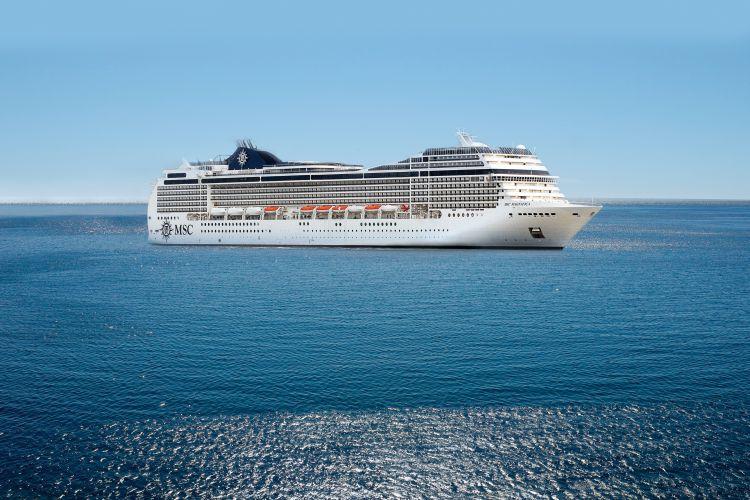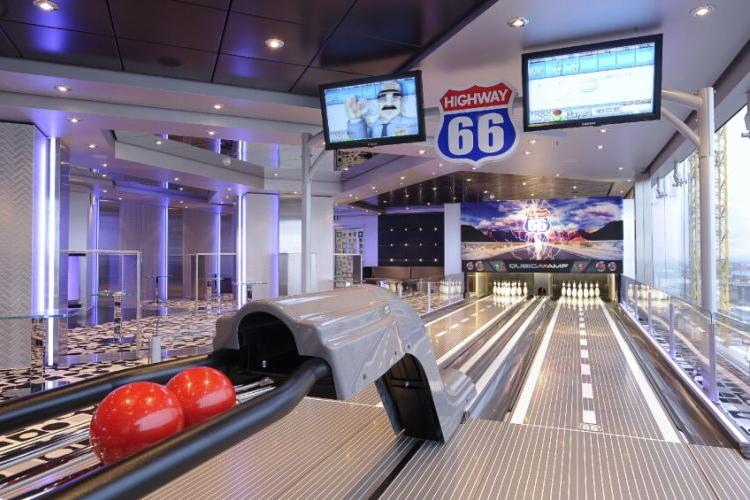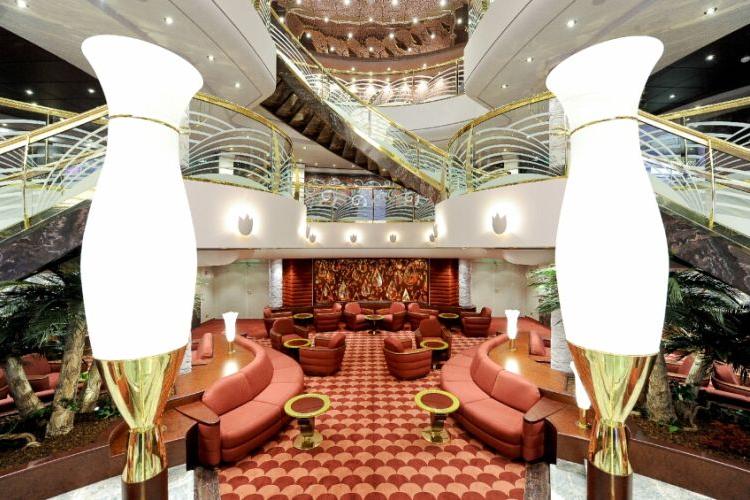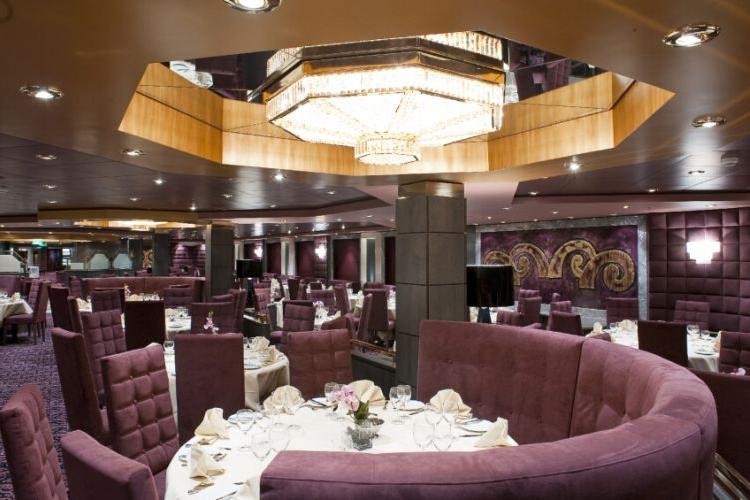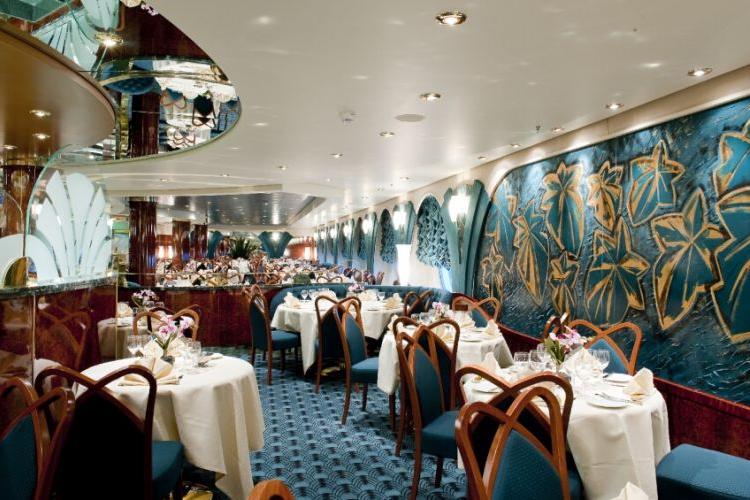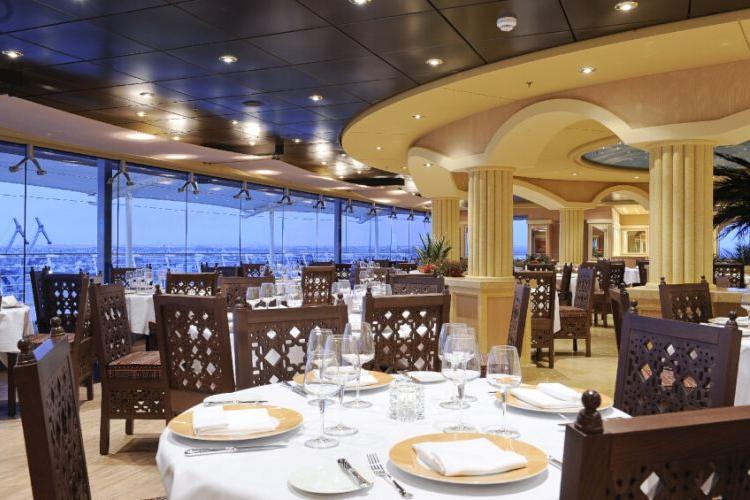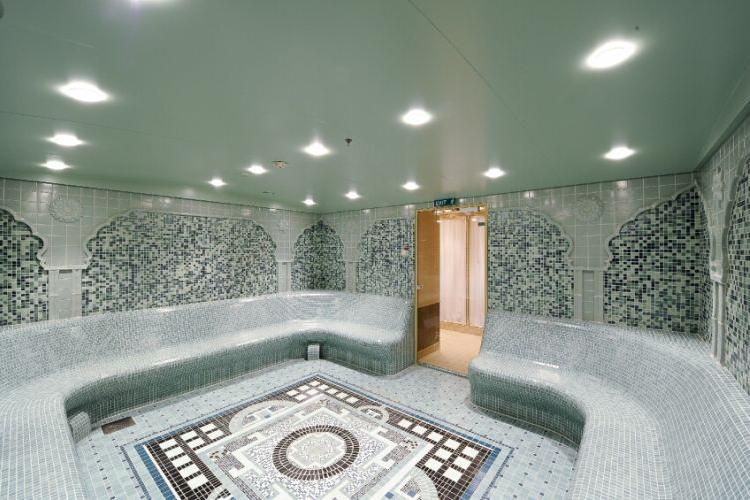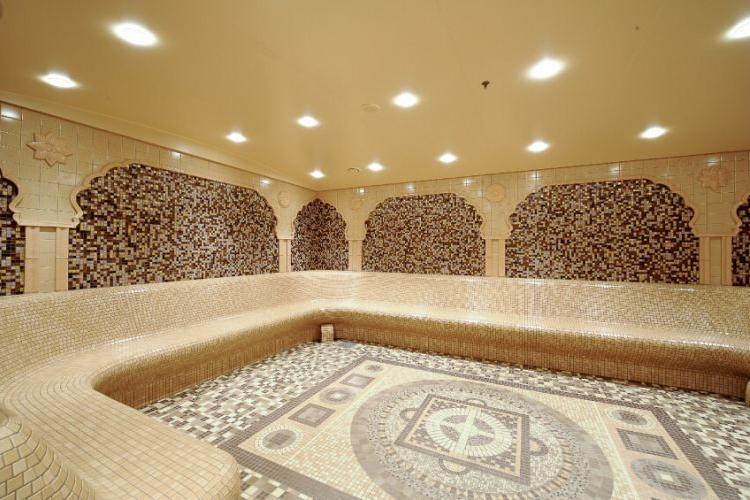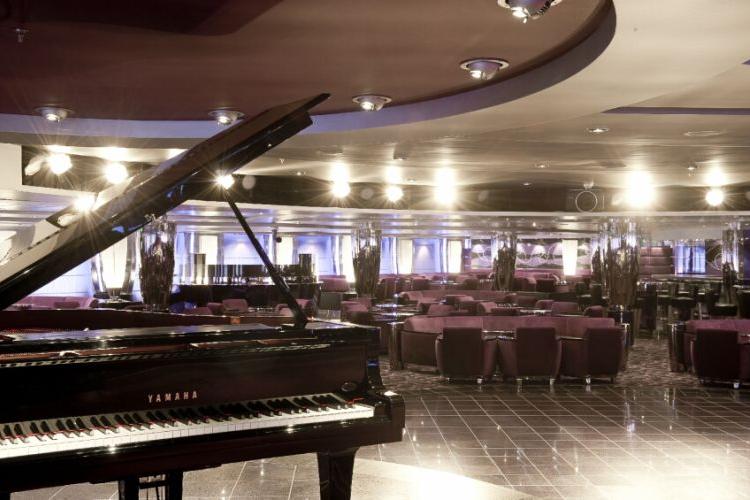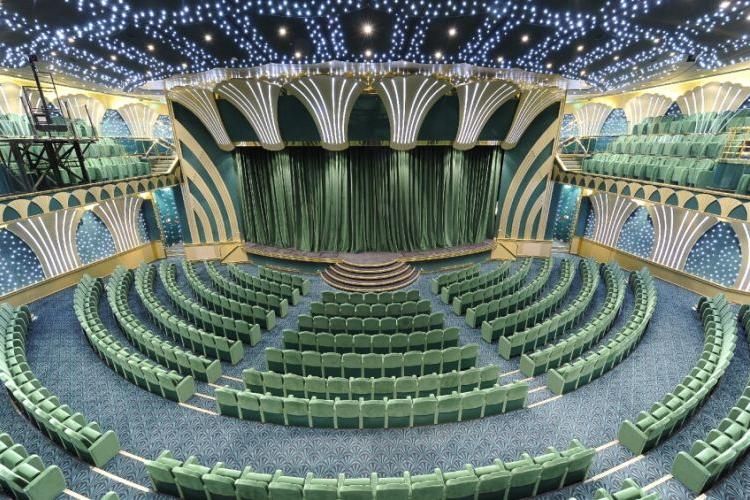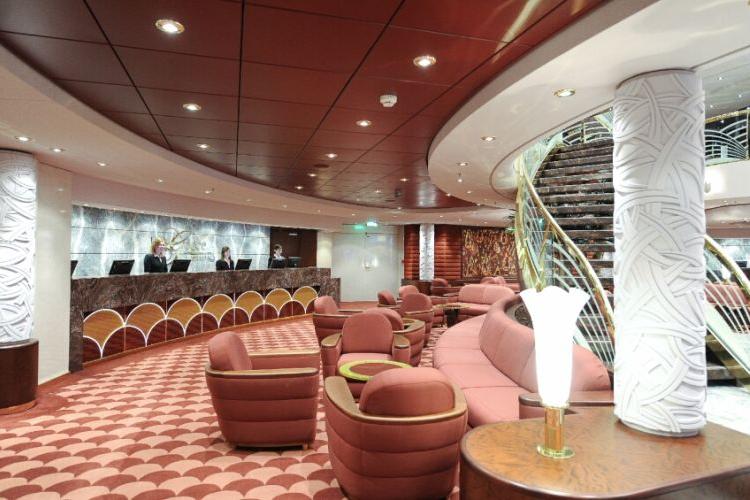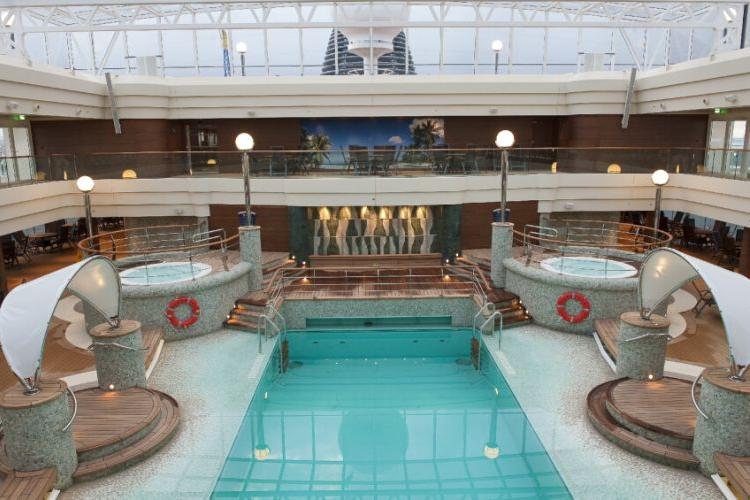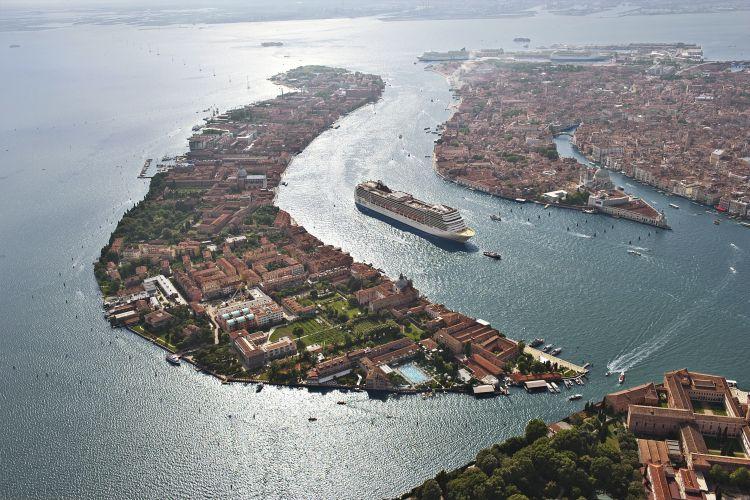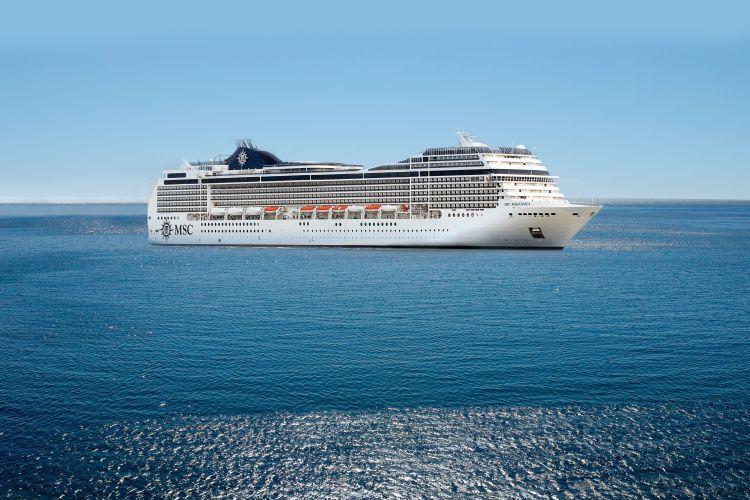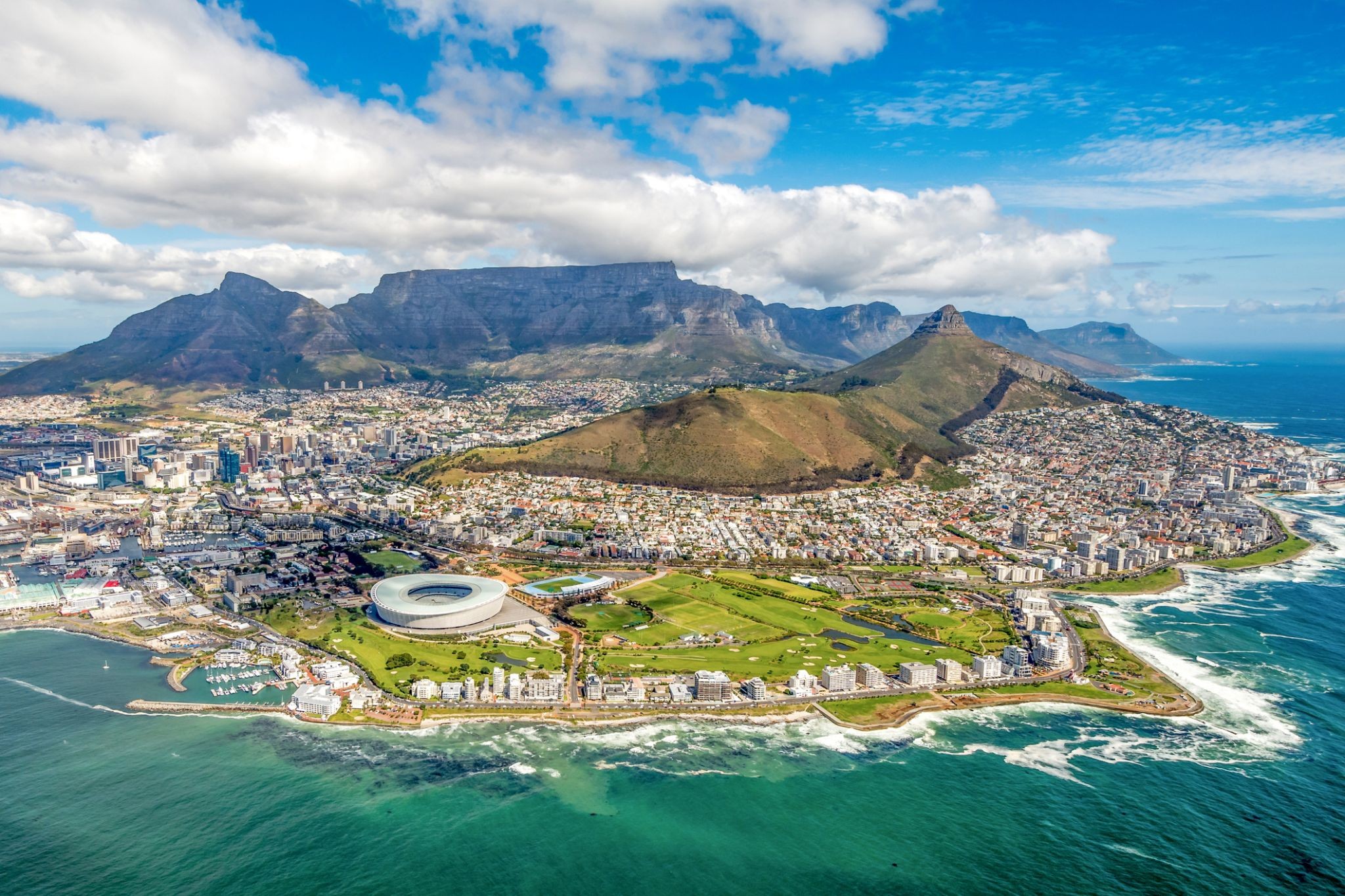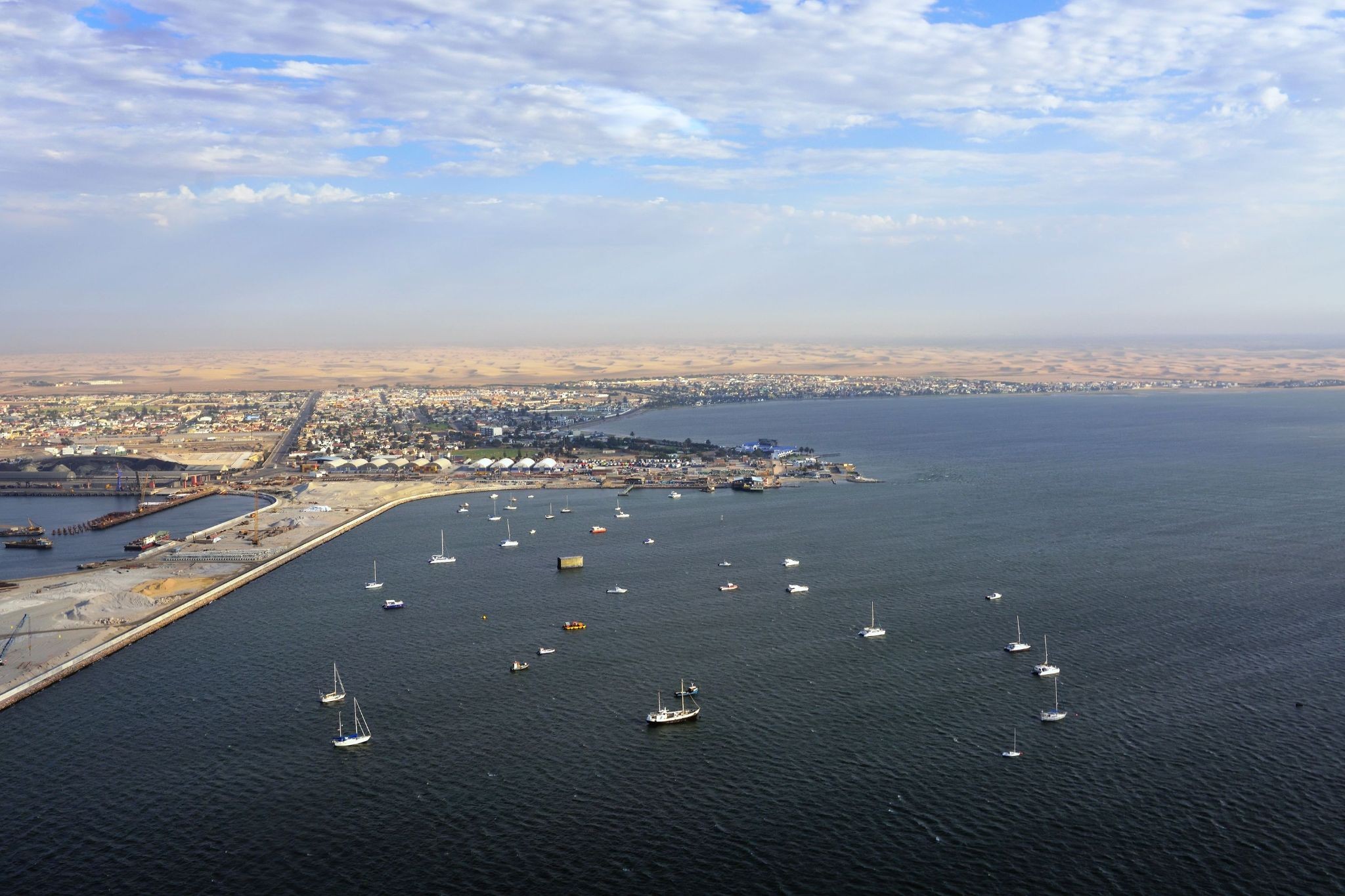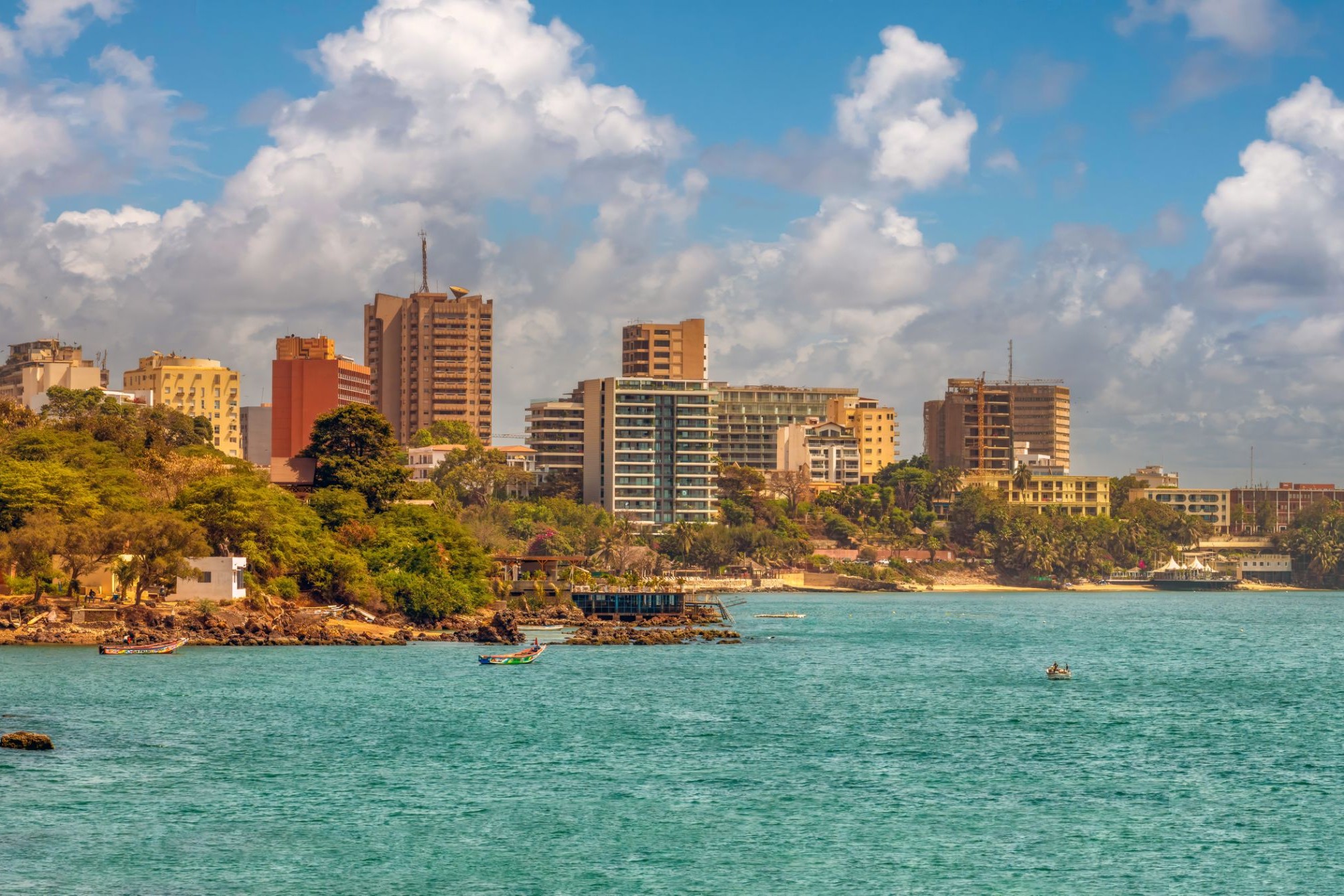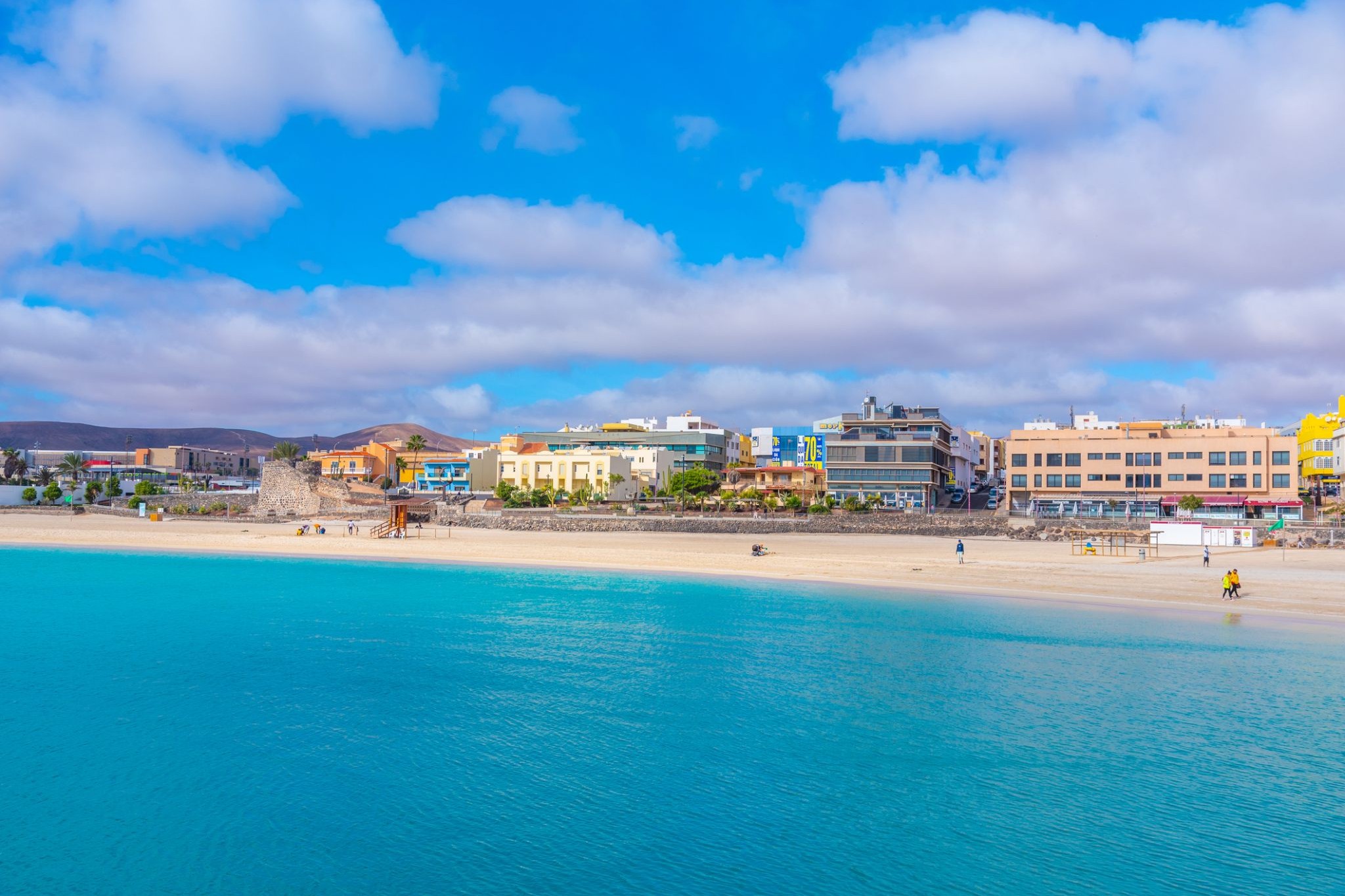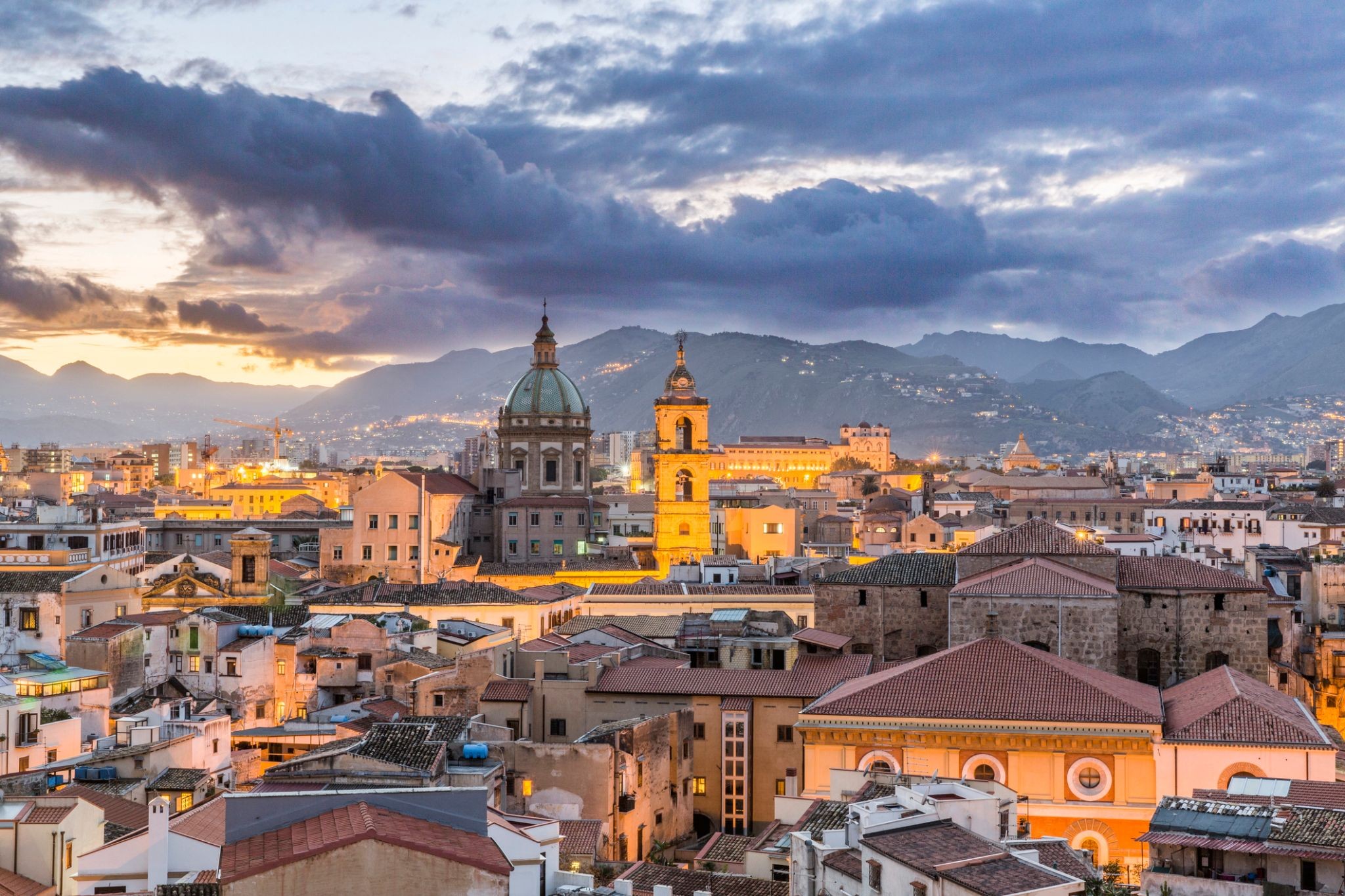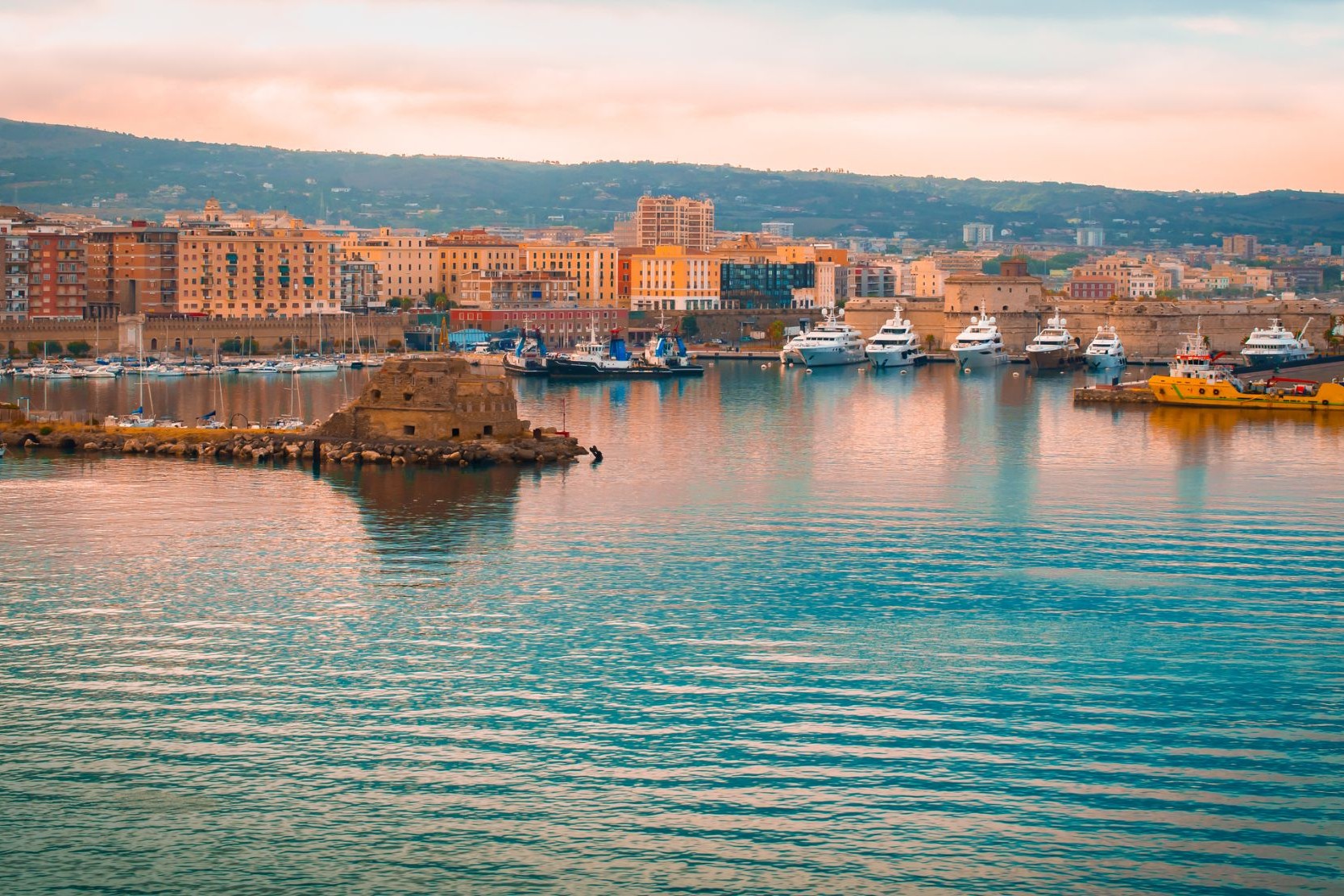Rejs 30 933 988
Niestety ten rejs jest chwilowo niedostępny.
18 nocy Kapsztad, Walvis Bay, Dakar, Puerto del Rosario, Palermo, Civitavecchia
| Region rejsu : Ocean Indyjski, South Africa / Madagascar, Rejsy dookoła świata |
| Firma : MSC Cruises |
| Statek : MSC Magnifica |
| Data rozpoczęcia : śr. 16 kwi 2025 |
| Data zakończenia : niedz. 04 maj 2025 |
| Liczba nocy : 18 nocy |
Harmonogram
| Dzień | Data | Port | Wypłynięcie | Odpłynięcie |
|---|---|---|---|---|
| 1 | 16.04 śr. | Kapsztad / South Africa | 18:00 | |
| 2 | 17.04 czw. | Dzień na morzu / Morze | ||
| 3 | 18.04 pt. | Walvis Bay/Zatoka Walwis / Namibia | 09:00 | 18:00 |
| 4 | 19.04 sob. | Dzień na morzu / Morze | ||
| 5 | 20.04 niedz. | Dzień na morzu / Morze | ||
| 6 | 21.04 pon. | Dzień na morzu / Morze | ||
| 7 | 22.04 wt. | Dzień na morzu / Morze | ||
| 8 | 23.04 śr. | Dzień na morzu / Morze | ||
| 9 | 24.04 czw. | Dzień na morzu / Morze | ||
| 10 | 25.04 pt. | Dzień na morzu / Morze | ||
| 11 | 26.04 sob. | Dakar / Senegal | 08:00 | 19:00 |
| 12 | 27.04 niedz. | Dzień na morzu / Morze | ||
| 13 | 28.04 pon. | Dzień na morzu / Morze | ||
| 14 | 29.04 wt. | Puerto del Rosario / Hiszpania | 08:00 | 17:00 |
| 15 | 30.04 śr. | Dzień na morzu / Morze | ||
| 16 | 1.05 czw. | Dzień na morzu / Morze | ||
| 17 | 2.05 pt. | Dzień na morzu / Morze | ||
| 18 | 3.05 sob. | Sycylia Palermo / Włochy | 07:00 | 18:00 |
| 19 | 4.05 niedz. | Rzym (Civitavecchia) / Włochy | 08:00 |
- zakwaterowanie w kabinie wybranej kategorii;
- wyżywienie - 3 główne posiłki, przekąski między posiłkami;
- napoje serwowane do śniadania i w bufetach samoobsługowych;
- napiwki dla obsługi (kwota zależy od długości rejsu);
- serwis bagażowy podczas wejścia i zejścia ze statku;
- serwis kabinowy;
- korzystanie ze wszystkich urządzeń sportowo - rekreacyjnych znajdujących się na pokładzie statku (basen, jacuzzi, sala fitness, itp.);
- udział we wszystkich imprezach organizowanych na statku (przedstawienia w teatrze, koncerty, programy animacyjne itp.);
- opłaty portowe.
Koszty dodatkowe:
- ubezpieczenie (ubezpieczenie medyczne, ubezpieczenie od odwołania podróży)
- bilet lotniczy, transport kolejowy (koszty transportu do portu wyjścia i z portu przybycia statku)
- transfery (z lotniska/dworca kolejowego do portu morskiego i z powrotem)
- wycieczki
- rezerwacje hotelowe przed i po rejsie, jeśli chcesz przedłużyć swoje wakacje na lądzie.
Dodatkowo płatne na statku:
- odwiedzanie alternatywnych barów i restauracji
- usługi ośrodków SPA, fryzjerów, salonów kosmetycznych
- Usługi medyczne
- pranie, prasowanie
- kasyno
- automaty do gry itp. w zależności od konkretnego modelu.
Za każdy zakup towarów w barach, restauracjach, sklepach i punktach usługowych, takich jak SPA, fryzjer itp. pobierana jest dodatkowa opłata za obsługę, której średnia wysokość wynosi 15% ceny zakupu.
Warunki kary:
- Ponad 60 dni przed wyjazdem: 50 euro za osobę
- od 59 do 30 dni: 30%
- od 29 do 22 dni: 50%
- od 21 do 15 dni: 70%
- 14 dni lub mniej przed wyjazdem: 100%
-
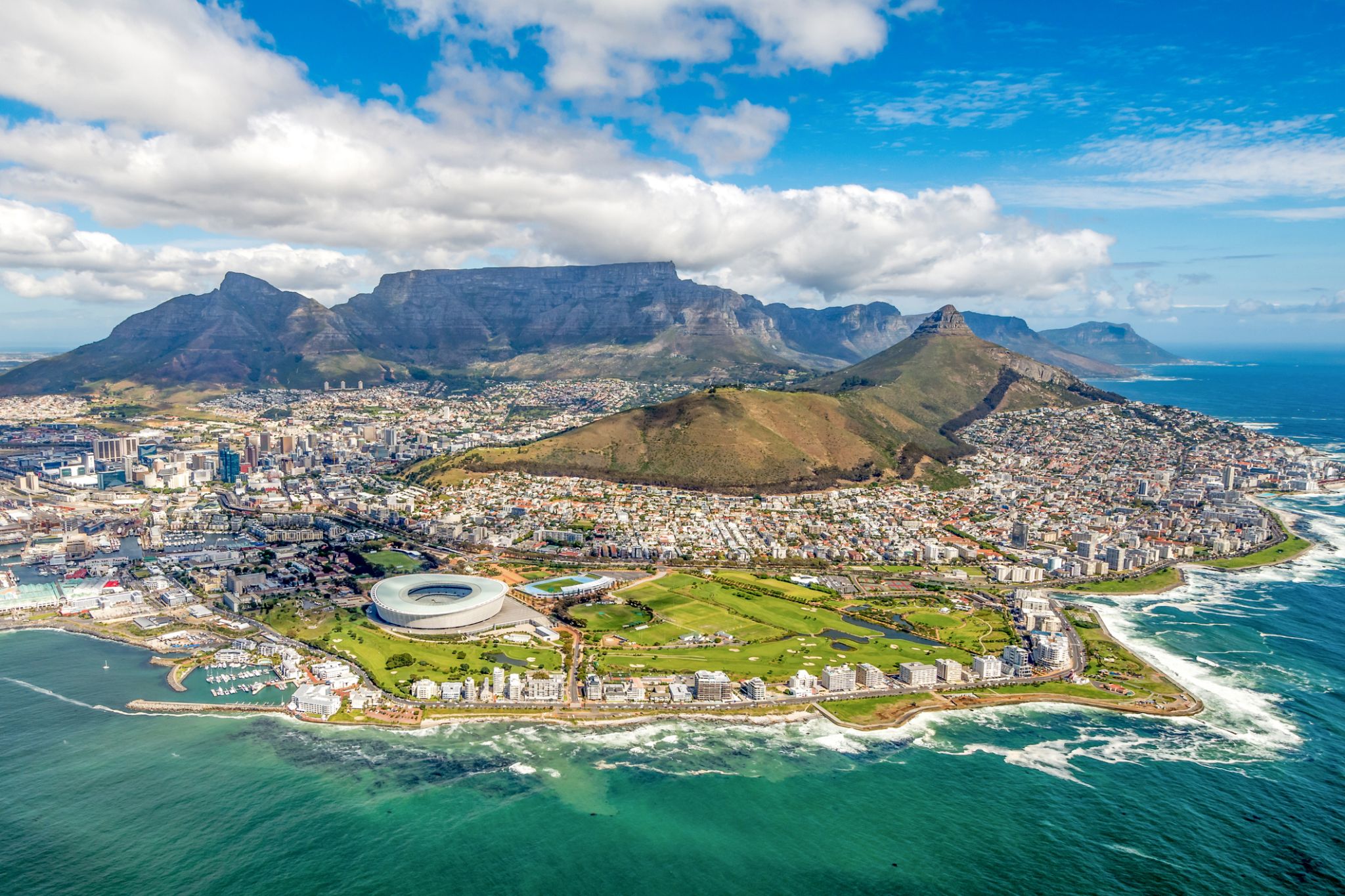 Dzień 1: 18:00
Dzień 1: 18:00Kapsztad / South Africa
Cape Town is the oldest city in South Africa, colloquially named the Mother City. It is the legislative capital of South Africa and primate city of the Western Cape province. It forms part of the City of Cape Town metropolitan municipality.
The Parliament of South Africa sits in Cape Town. The other two capitals are located in Pretoria (the administrative capital where the Presidency is based) and Bloemfontein (the judicial capital where the Supreme Court of Appeal is located). The city is known for its harbour, for its natural setting in the Cape Floristic Region, and for landmarks such as Table Mountain and Cape Point. As of 2014, it is the 10th most populous city in Africa and home to 64% of the Western Cape's population. It is one of the most multicultural cities in the world, reflecting its role as a major destination for immigrants and expatriates to South Africa. The city was named the World Design Capital for 2014 by the International Council of Societies of Industrial Design. In 2014, Cape Town was named the best place in the world to visit by both The New York Times and The Daily Telegraph.
Located on the shore of Table Bay, Cape Town, as the oldest urban area in South Africa, was developed by the Dutch East India Company (VOC) as a supply station for Dutch ships sailing to East Africa, India, and the Far East. Jan van Riebeeck's arrival on 6 April 1652 established Dutch Cape Colony, the first permanent European settlement in South Africa. Cape Town outgrew its original purpose as the first European outpost at the Castle of Good Hope, becoming the economic and cultural hub of the Cape Colony. Until the Witwatersrand Gold Rush and the development of Johannesburg, Cape Town was the largest city in South Africa.
-
 Dzień 2:
Dzień 2:Dzień na morzu / Morze
-
 Dzień 3: 09:00-18:00
Dzień 3: 09:00-18:00Walvis Bay/Zatoka Walwis / Namibia
Walvis Bay — morskie wrota Namibii
Walvis Bay, położone nad Oceanem Atlantyckim w Namibii, to wyjątkowe połączenie przemysłowego portu i naturalnego raju. Miasto słynie z rozległej laguny — jednej z największych w Afryce — gdzie przez cały rok można obserwować flamingi, pelikany i inne ptaki wodne. To jedno z najlepszych miejsc w Afryce do obserwacji morskiej fauny: rejsy łodzią pozwalają dostrzec foki, delfiny, a czasem nawet wieloryby. Lagunę chętnie odwiedzają także kitesurferzy i windsurferzy dzięki stałym wiatrom i przestrzeniom wodnym.
Miasto odgrywa kluczową rolę gospodarczą jako największy port Namibii i centrum przemysłu rybnego. Walvis Bay przyciąga jednak nie tylko swoją funkcją, ale też sąsiedztwem z pustynią Namib, której słynne wydmy i księżycowe krajobrazy zaczynają się tuż za miastem. Takie niezwykłe połączenie morza i pustyni czyni to miejsce niezapomnianym punktem na mapie południowo-zachodniej Afryki.
-
 Dzień 4:
Dzień 4:Dzień na morzu / Morze
-
 Dzień 5:
Dzień 5:Dzień na morzu / Morze
-
 Dzień 6:
Dzień 6:Dzień na morzu / Morze
-
 Dzień 7:
Dzień 7:Dzień na morzu / Morze
-
 Dzień 8:
Dzień 8:Dzień na morzu / Morze
-
 Dzień 9:
Dzień 9:Dzień na morzu / Morze
-
 Dzień 10:
Dzień 10:Dzień na morzu / Morze
-
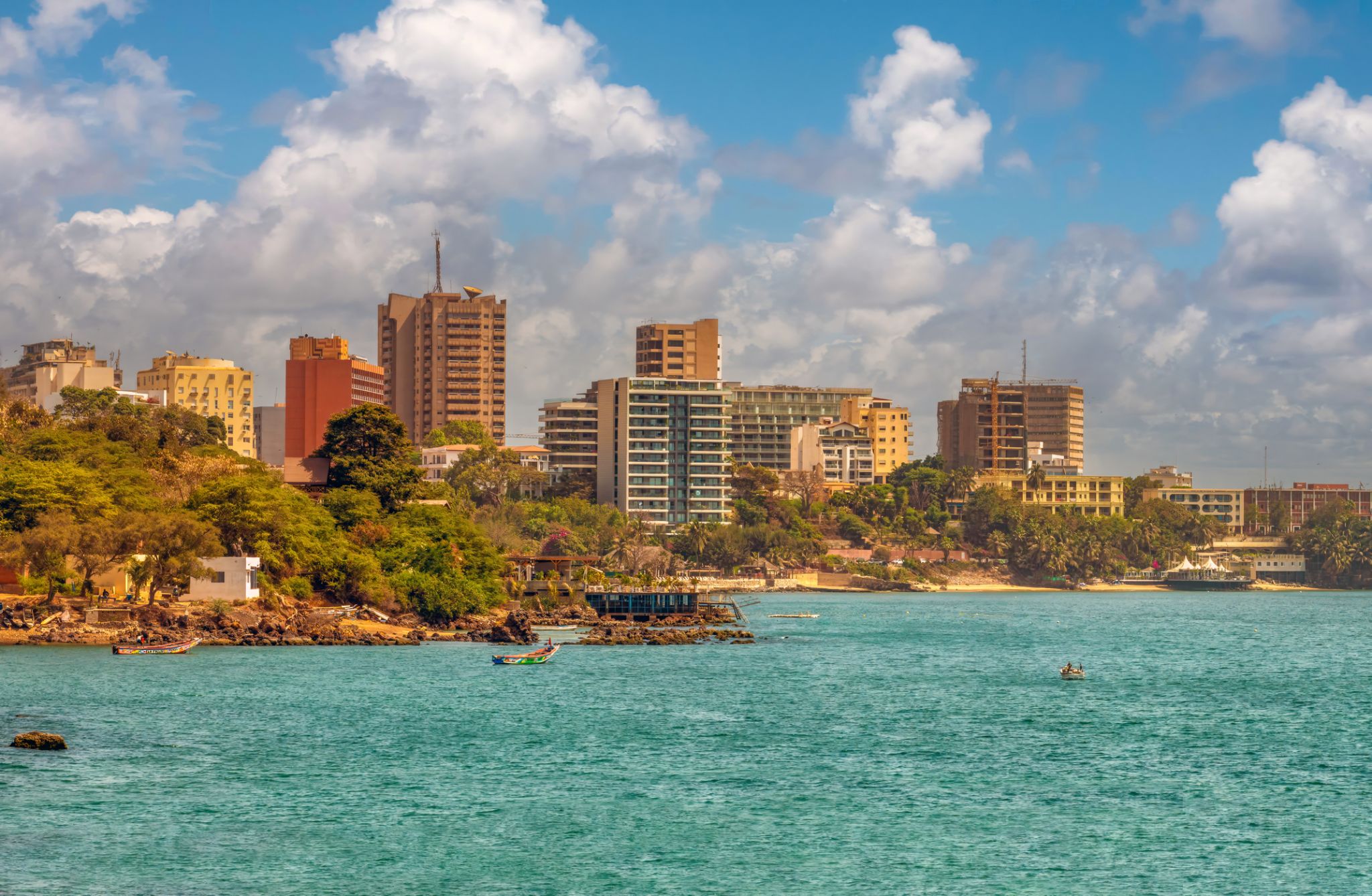 Dzień 11: 08:00-19:00
Dzień 11: 08:00-19:00Dakar / Senegal
Dakar is the capital and largest city of Senegal. It is located on the Cap-Vert peninsula on the Atlantic coast and is the westernmost city on the African mainland. The city of Dakar proper has a population of 1,030,594, whereas the population of the Dakar metropolitan area is estimated at 2.45 million.
The area around Dakar was settled in the 15th century. The Portuguese established a presence on the island of Gorée off the coast of Cap-Vert and used it as a base for the Atlantic slave trade. France took over the island in 1677. Following the abolition of the slave trade and French annexation of the mainland area in the 19th century, Dakar grew into a major regional port and a major city of the French colonial empire. In 1902, Dakar replaced Saint-Louis as the capital of French West Africa. From 1959 to 1960, Dakar was the capital of the short-lived Mali Federation. In 1960, it became the capital of the independent Republic of Senegal.
-
 Dzień 12:
Dzień 12:Dzień na morzu / Morze
-
 Dzień 13:
Dzień 13:Dzień na morzu / Morze
-
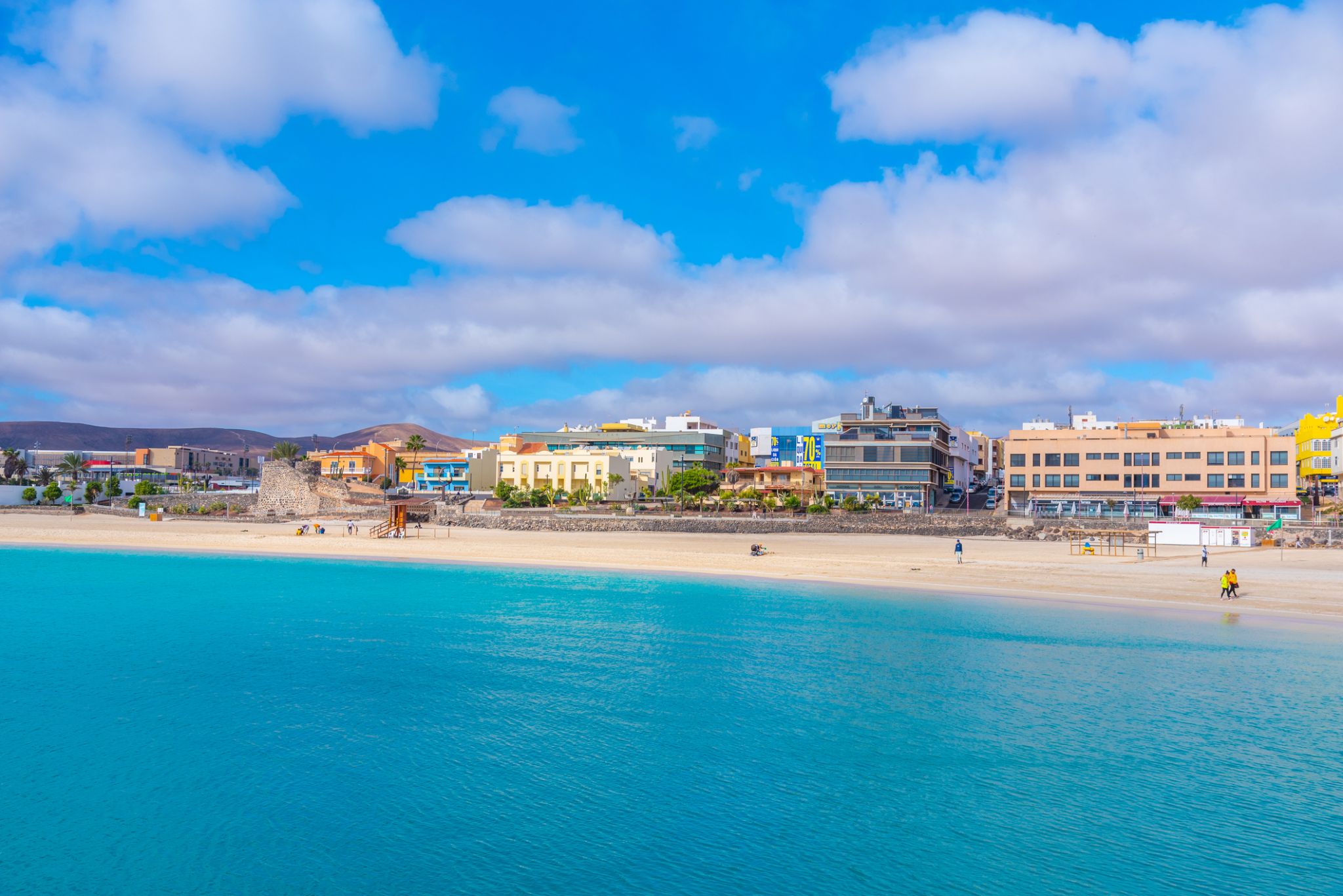 Dzień 14: 08:00-17:00
Dzień 14: 08:00-17:00Puerto del Rosario / Hiszpania
-
 Dzień 15:
Dzień 15:Dzień na morzu / Morze
-
 Dzień 16:
Dzień 16:Dzień na morzu / Morze
-
 Dzień 17:
Dzień 17:Dzień na morzu / Morze
-
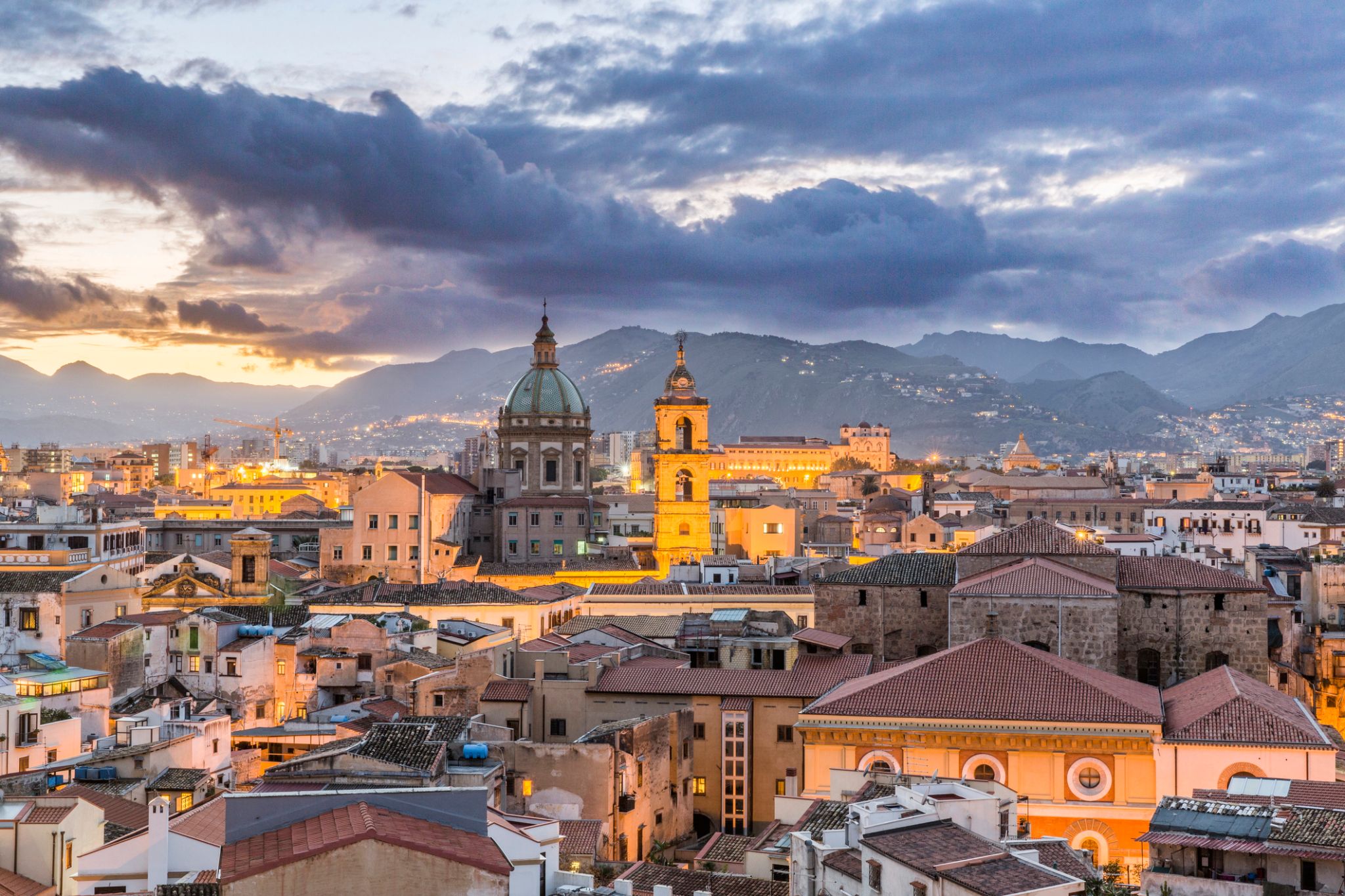 Dzień 18: 07:00-18:00
Dzień 18: 07:00-18:00Sycylia Palermo / Włochy
Sicily is the largest island in the Mediterranean Sea and one of the 20 regions of Italy. It is one of the five Italian autonomous regions, in Southern Italy along with surrounding minor islands, officially referred to as Regione Siciliana.
Sicily is located in the central Mediterranean Sea, south of the Italian Peninsula, from which it is separated by the narrow Strait of Messina. Its most prominent landmark is Mount Etna, the tallest active volcano in Europe, and one of the most active in the world, currently 3,329 m (10,922 ft) high. The island has a typical Mediterranean climate.
The earliest archaeological evidence of human activity on the island dates from as early as 12,000 BC. By around 750 BC, Sicily had three Phoenician and a dozen Greek colonies and, for the next 600 years, it was the site of the Sicilian Wars and the Punic Wars. After the fall of the Roman Empire in the 5th century AD, Sicily was ruled during the Early Middle Ages by the Vandals, the Ostrogoths, the Byzantine Empire, and the Emirate of Sicily. The Norman conquest of southern Italy led to the creation of the Kingdom of Sicily, which was subsequently ruled by the Hohenstaufen, the Capetian House of Anjou, Spain, and the House of Habsburg. It was finally unified under the House of Bourbon with the Kingdom of Naples as the Kingdom of the Two Sicilies. It became part of Italy in 1860 following the Expedition of the Thousand, a revolt led by Giuseppe Garibaldi during the Italian unification, and a plebiscite. Sicily was given special status as an autonomous region on 15th May 1946, 18 days before the Italian constitutional referendum of 1946. Albeit, much of the autonomy still remains unapplied, especially financial autonomy, because the autonomy-activating laws have been deferred to be approved by the parithetic committee (50% Italian State, 50% Regione Siciliana), since 1946.
Sicily has a rich and unique culture, especially with regard to the arts, music, literature, cuisine, and architecture. It is also home to important archaeological and ancient sites, such as the Necropolis of Pantalica, the Valley of the Temples, Erice and Selinunte.
-
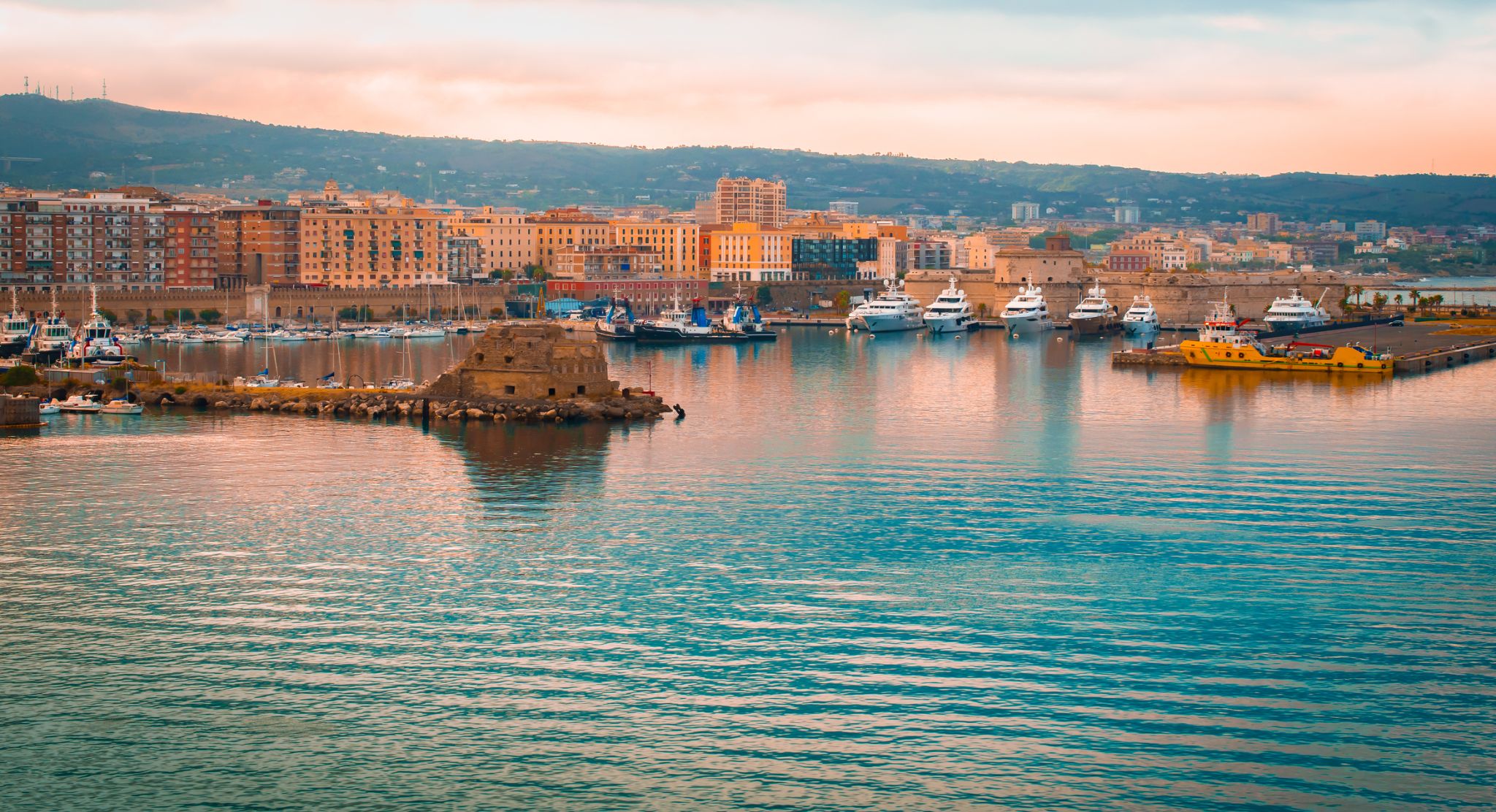 Dzień 19: 08:00
Dzień 19: 08:00Rzym (Civitavecchia) / Włochy
Rome is the capital city and a special comune of Italy (named Comune di Roma Capitale). Rome also serves as the capital of the Lazio region. With 2,872,800 residents in 1,285 km2(496.1 sq mi), it is also the country's most populated comune. It is the fourth-most populous city in the European Union by population within city limits. It is the centre of the Metropolitan City of Rome, which has a population of 4,355,725 residents, thus making it the most populous metropolitan city in Italy. Rome is located in the central-western portion of the Italian Peninsula, within Lazio (Latium), along the shores of the Tiber. The Vatican City (the smallest country in the world) is an independent country inside the city boundaries of Rome, the only existing example of a country within a city: for this reason Rome has been often defined as capital of two states.
Rome's history spans 28 centuries. While Roman mythology dates the founding of Rome at around 753 BC, the site has been inhabited for much longer, making it one of the oldest continuously occupied sites in Europe. The city's early population originated from a mix of Latins, Etruscans, and Sabines. Eventually, the city successively became the capital of the Roman Kingdom, the Roman Republic and the Roman Empire, and is regarded as the birthplace of Western civilization and by some as the first ever metropolis. It was first called The Eternal City (Latin: Urbs Aeterna; Italian: La Città Eterna) by the Roman poet Tibullus in the 1st century BC, and the expression was also taken up by Ovid, Virgil, and Livy. Rome is also called the "Caput Mundi" (Capital of the World). After the fall of the Western Empire, which marked the beginning of the Middle Ages, Rome slowly fell under the political control of the Papacy, which had settled in the city since the 1st century AD, until in the 8th century it became the capital of the Papal States, which lasted until 1870. Beginning with the Renaissance, almost all the popes since Nicholas V (1447–1455) pursued over four hundred years a coherent architectural and urban programme aimed at making the city the artistic and cultural centre of the world. In this way, Rome became first one of the major centres of the Italian Renaissance, and then the birthplace of both the Baroque style and Neoclassicism. Famous artists, painters, sculptors and architects made Rome the centre of their activity, creating masterpieces throughout the city. In 1871, Rome became the capital of the Kingdom of Italy, which, in 1946, became the Italian Republic.
Rome has the status of a global city. In 2016, Rome ranked as the 14th-most-visited city in the world, 3rd most visited in the European Union, and the most popular tourist attraction in Italy. Its historic centre is listed by UNESCO as a World Heritage Site. The famous Vatican Museums are among the world's most visited museums while the Colosseum was the most popular tourist attraction in world with 7.4 million visitors in 2018. Host city for the 1960 Summer Olympics, Rome is the seat of several specialized agencies of the United Nations, such as the Food and Agriculture Organization (FAO), the World Food Programme (WFP) and the International Fund for Agricultural Development (IFAD). The city also hosts the Secretariat of the Parliamentary Assembly of the Union for the Mediterranean (UfM) as well as the headquarters of many international business companies such as Eni, Enel, TIM, Leonardo S.p.A., and national and international banks such as Unicredit and BNL. Its business district, called EUR, is the base of many companies involved in the oil industry, the pharmaceutical industry, and financial services. Rome is also an important fashion and design centre thanks to renowned international brands centered in the city. Rome's Cinecittà Studios have been the set of many Academy Award–winning movies.

